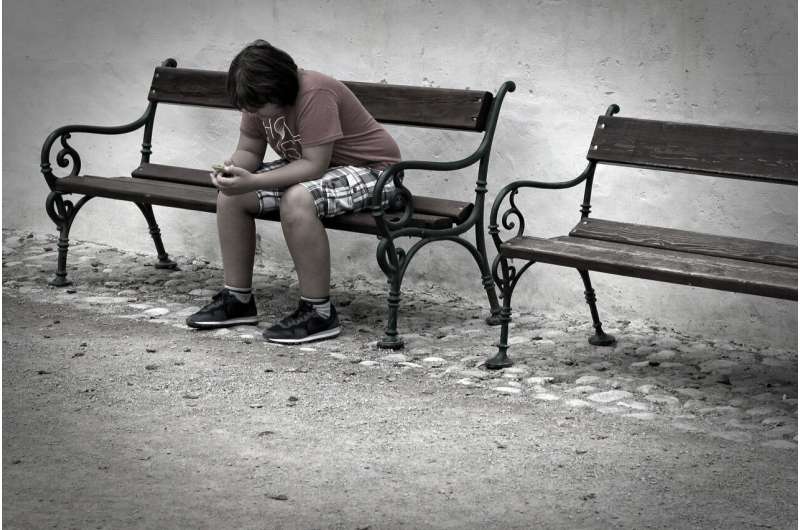The Hidden Impact of Social Isolation on the Adolescent Brain

Recent research highlights how social withdrawal during adolescence can lead to significant changes in brain structure and function, increasing risks for mental health issues. Early intervention and awareness are key to fostering resilience in young people.
Adolescence is a critical period marked by significant social changes, shifting focus from family to peer groups, schools, and broader social networks. While this social reorientation is vital for healthy development, it also increases vulnerability to social stressors. When such stress leads adolescents to withdraw and prefer solitude over social engagement, it can cause measurable changes in brain structure and function.
Recent research by Dr. Caterina Stamoulis and her team at Boston Children's Hospital has utilized brain imaging and behavioral data to examine the effects of social withdrawal. Their findings reveal that adolescents who frequently choose solitude exhibit noticeable differences in brain regions responsible for social and emotional processing, such as the insula and anterior cingulate cortex. These structural differences are complemented by weaker and more fragile neural connections across networks involved in social behavior, decision-making, and cognitive functions.
The study, published in Cerebral Cortex, utilized data from the Adolescent Brain Cognitive Development (ABCD) study, involving nearly 3,000 youth. This extensive dataset allowed researchers to analyze brain scans alongside behavioral reports from parents regarding their children's social behaviors. The results indicate that social isolation affects not only specific brain areas but also the broader neural circuits that underpin mental health.
Clinicians should consider these insights when evaluating adolescent behaviors. While solitude can be normal and even beneficial at times, persistent withdrawal might signal underlying brain changes that increase mental health risks. Early recognition and family education about these brain impacts can open avenues for intervention, potentially reversing or mitigating long-term adverse effects.
Furthermore, because the ABCD study includes follow-up imaging every two years, researchers can track how patterns of social withdrawal evolve over time. This ongoing research aims to determine whether the effects of solitude are lasting and how early support can influence developmental trajectories, ultimately guiding better preventative and therapeutic strategies.
Understanding how social withdrawal influences the adolescent brain underscores the importance of fostering healthy social interactions and provides a scientific basis for early intervention in at-risk youth.
Stay Updated with Mia's Feed
Get the latest health & wellness insights delivered straight to your inbox.
Related Articles
Inflammation Significantly Increases Depression Risk in Older Adults with Insomnia
New UCLA study finds that inflammation triples the risk of depression in older adults with insomnia, highlighting the importance of inflammation management for mental health.
The Role of Emotions in How Our Brain Segments Events
New scientific research reveals that emotions play a vital role in how our brain perceives and segments continuous experiences, influencing attention and memory beyond observable actions.
Insights from Cognitive Science Explain Why Certain Sentences Remain Memorable
Cognitive scientists at MIT reveal that sentences with distinctive meanings are more memorable, explaining how our brain encodes and recalls language based on semantic distinctness.



